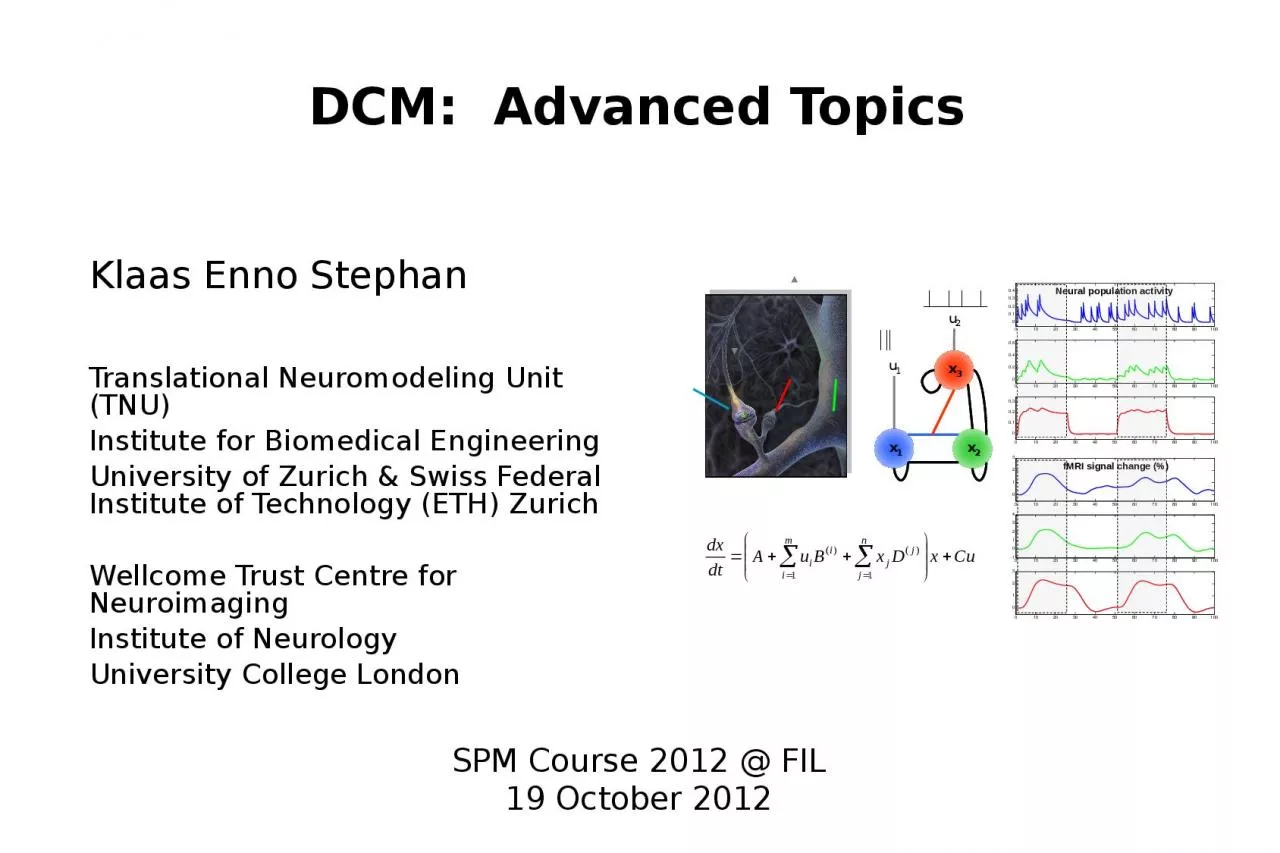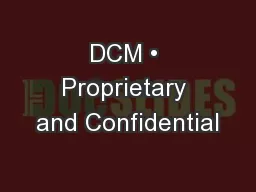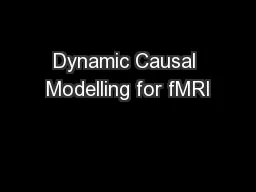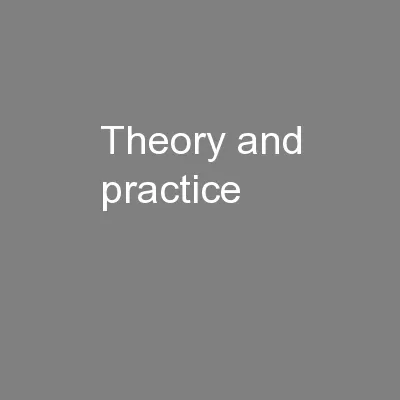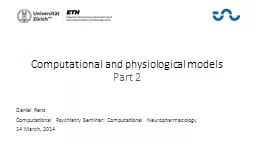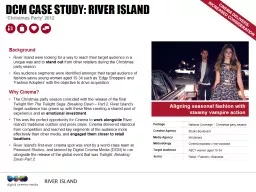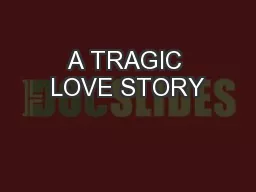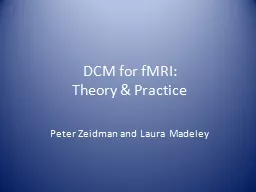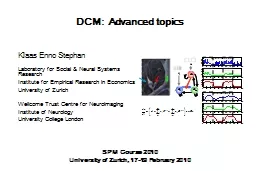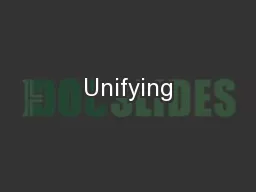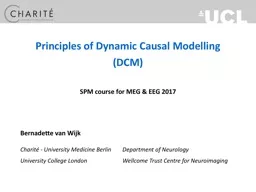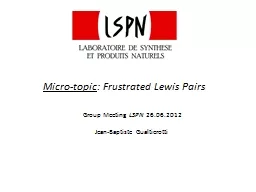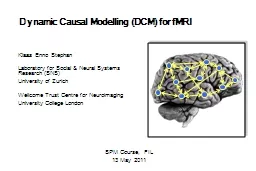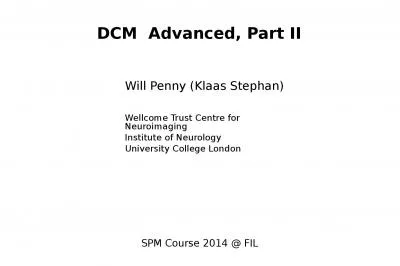PPT-DCM: Advanced Topics Klaas Enno Stephan
Author : fanny | Published Date : 2023-07-26
Translational Neuromodeling Unit TNU Institute for Biomedical Engineering University of Zurich amp Swiss Federal Institute of Technology ETH Zurich Wellcome
Presentation Embed Code
Download Presentation
Download Presentation The PPT/PDF document "DCM: Advanced Topics Klaas Enno Stepha..." is the property of its rightful owner. Permission is granted to download and print the materials on this website for personal, non-commercial use only, and to display it on your personal computer provided you do not modify the materials and that you retain all copyright notices contained in the materials. By downloading content from our website, you accept the terms of this agreement.
DCM: Advanced Topics Klaas Enno Stephan: Transcript
Download Rules Of Document
"DCM: Advanced Topics Klaas Enno Stephan"The content belongs to its owner. You may download and print it for personal use, without modification, and keep all copyright notices. By downloading, you agree to these terms.
Related Documents

